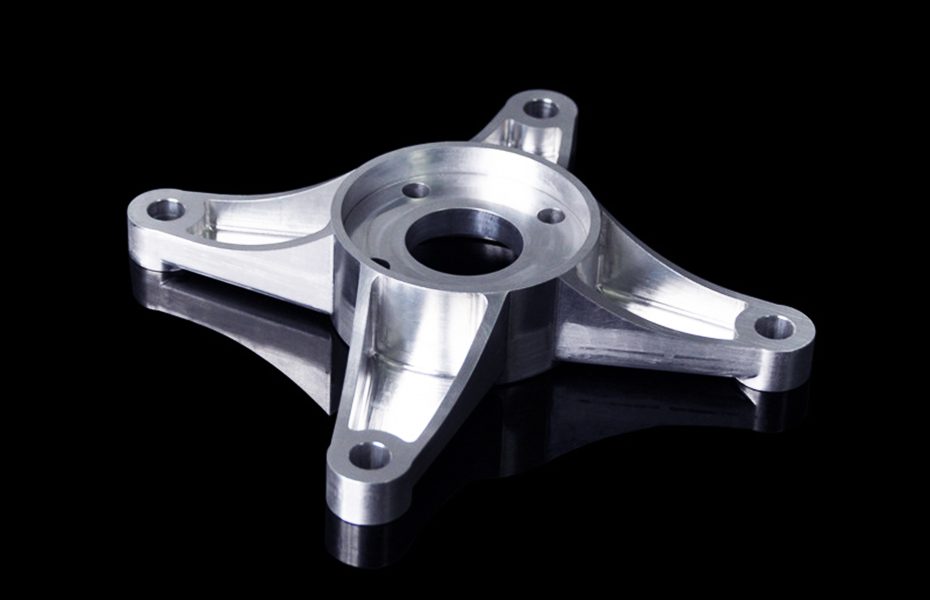What Is CNC Prototyping?
CNC prototyping is a combination of two commonly used words in the industry, CNC Machining, and Rapid Prototyping.
Rapid prototyping is performed to check the success and failure rates of a product in the market. It includes creating a few design iterations in order to find out the most efficient design according to the considerations of design for manufacturing and assembly (DFMA). There are several ways of performing rapid prototyping such as CAD prototyping, dummy prototyping, etc. Similarly, there are several machining techniques performed to assure the fastest turnaround times on rapid prototyping, and CNC machining services is one of them.
Introduction to Rapid Prototyping CNC Machining
The term rapid prototyping CNC machining indicates two industrial techniques, rapid prototyping, and CNC machining. It is commonly known as CNC rapid prototyping. This method of rapid prototyping is highly popular in the industrial product design and manufacturing cycle of industrial products. In order to reduce the production errors or loss during manufacturing or assembly cycles, this method of rapid prototyping is adopted. It is adopted as a pre-production technique because the prototypes are manufactured to check for potential causes and chances of failure, performance errors, and complexity of assembly. This way rapid prototyping CNC machining becomes an integral part of the DFMA cycle.
Role of Rapid Prototyping CNC Machining
The following activities are performed in the pre-production cycle of CNC product manufacturing.
- CNC machining is a precision manufacturing technique, therefore adopting CNC machining for rapid prototyping helps in creating precise and dimensionally accurate prototypes.
- CNC rapid prototyping is utilized to manufacture dummy and fully-functioning prototypes. This means the look-alike prototypes and look-alike-work-alike prototypes can be manufactured by using this technique. Therefore, the purpose of checking the aesthetics and function of products can be done by this technique of rapid prototyping.
- CNC rapid prototyping is suitable with a wide range of materials, therefore, the prototypes can be manufactured from metals, non-metals, and engineered materials like plastic, silicon, composites, etc.
- CNC rapid prototyping accepts CAD design files as an input, therefore, once the CAD file is set and programmed, the rapid prototyping takes place automatically in an automated CNC machine.
- The CAD input files can be created by using CAD tools like SolidWorks, AutoCAD, CATIA, Inventor, CREO Parametric, etc.
- CNC machines are an all-in-one type of machinery. This means multiple machining processes can be performed on the workpiece without changing the equipment. The CNC rapid prototyping can be done by using CNC multi-spindle, precision holding, CNC milling, turning, routing, etc. Therefore, prototypes of different shapes, sizes, and intricate designs can be manufactured.
- This process offers quick-turn CNC rapid prototyping with utmost precision and dimensional stability. Therefore, prototypes for long-term utility and testing can be manufactured by using this technique.
CNC prototyping revolutionized the way products used to be designed when they first came out. It has shortened the design cycle considerably and given life to a new form of low volume, high-quality production.
